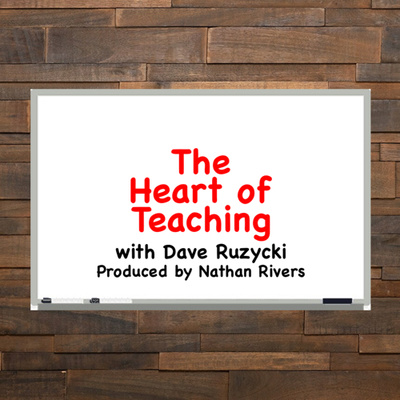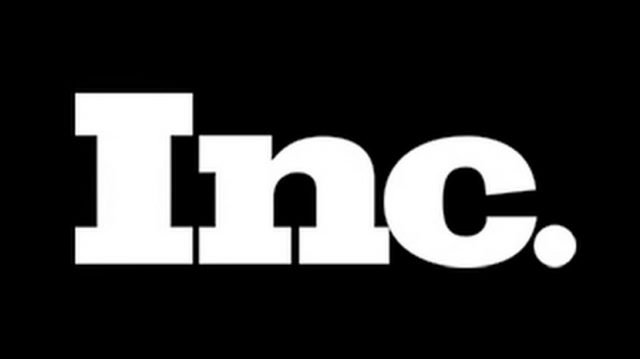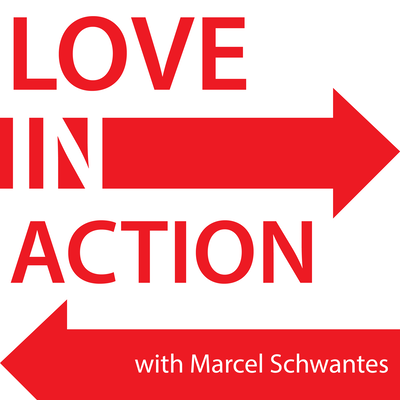Are You All-In or Just All Talk?
Today, customers and employees have little patience for organizations that trumpet what they stand for but fail to live up to it. And they’re shifting to organizations that do.
Outdoor clothing company Patagonia actively promotes their concern for the environment. So do they walk they talk? Ten years ago, founder Yvon Chouinard gave the company 18 months to stop using industrial-grown cotton, which was the most environmentally damaging fiber they used. Even though 25% of their $250 million in revenues came from products made from industrial-grown cotton! And they did it.
More recently, they’ve made a commitment to “Traceable Down” to ensure the highest standard of animal welfare in the industry. They trace their down from the parent farms to the apparel factories to verify that none comes from geese that have been force-fed or live-plucked, or is blended with down from sources they can’t trace.
Is it surprising that customers and employees are flocking to Patagonia? (Pun absolutely intended!)
What does your organization stand for? And are you all-in or just all talk?
Your thoughts?
Michael

















